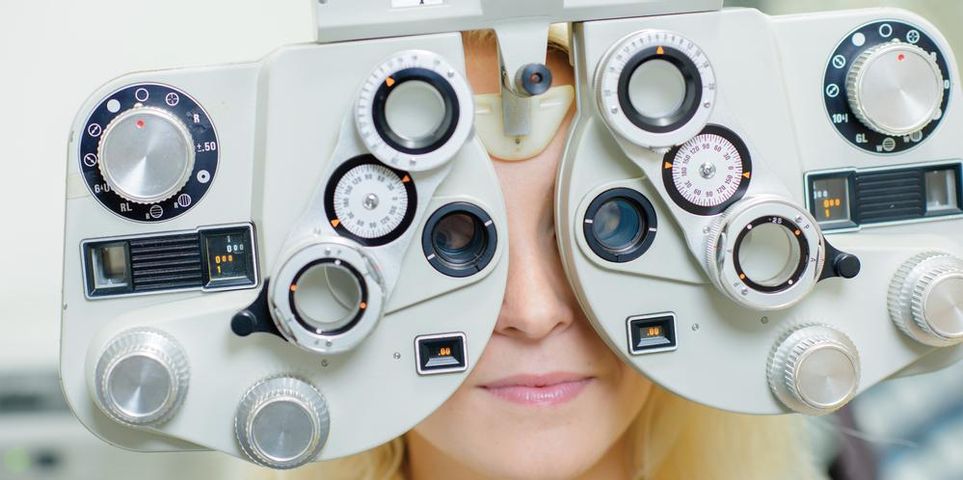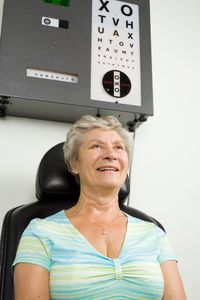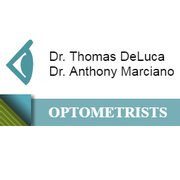3 Ways Eye Exams Can Detect & Help Manage Diabetes

When you go in for an eye exam, your optometrist learns about more than just your vision needs—these exams also allow them to detect signs of diabetes. If they do, they will help you develop a treatment plan to maintain optimum well-being. Continue reading to find out how these routine checkups can offer warning signs about diabetes and the steps you can take to manage the side effects of this illness.
How Eye Exams Can Help Detect Diabetes
 Diabetes is a disease that affects nearly 30 million people in the United States each year. And according to the CDC, 86 million people are pre-diabetic and might not even know it. Luckily, eye exams offer doctors early warning signs, such as blood or fluids leaking out of the retina.
Diabetes is a disease that affects nearly 30 million people in the United States each year. And according to the CDC, 86 million people are pre-diabetic and might not even know it. Luckily, eye exams offer doctors early warning signs, such as blood or fluids leaking out of the retina.
Eye exams also help determine if you have developed retinopathy, which is when blood vessels in your retina become damaged. This worsens when your blood sugar levels are unstable and could eventually lead to vision loss. However, through early detection, management of blood sugar levels, and frequent monitoring, you and your eye doctor can minimize this risk.
Using Eye Exams to Determine a Treatment Plan
Laser photocoagulation is a treatment option for people who have diabetic retinopathy. The procedure involves sealing off the leaking blood vessels to lessen the risk of vision loss. Not every patient is an eligible candidate for the treatment, though, which is why eye exams are crucial to ensure you are a good fit.
If you have diabetes and need an experienced and compassionate optometrist, look no further than Dr. Thomas Deluca Dr. Anthony Marciano & Associates in Prospect, CT. With a commitment to providing every patient with personalized care, the staff will take the time to help you, whether you need new eyeglasses or general care. To learn more, visit their website, and call the team at (203) 758-4447 to schedule an eye exam today.
About the Business
Have a question? Ask the experts!
Send your question

